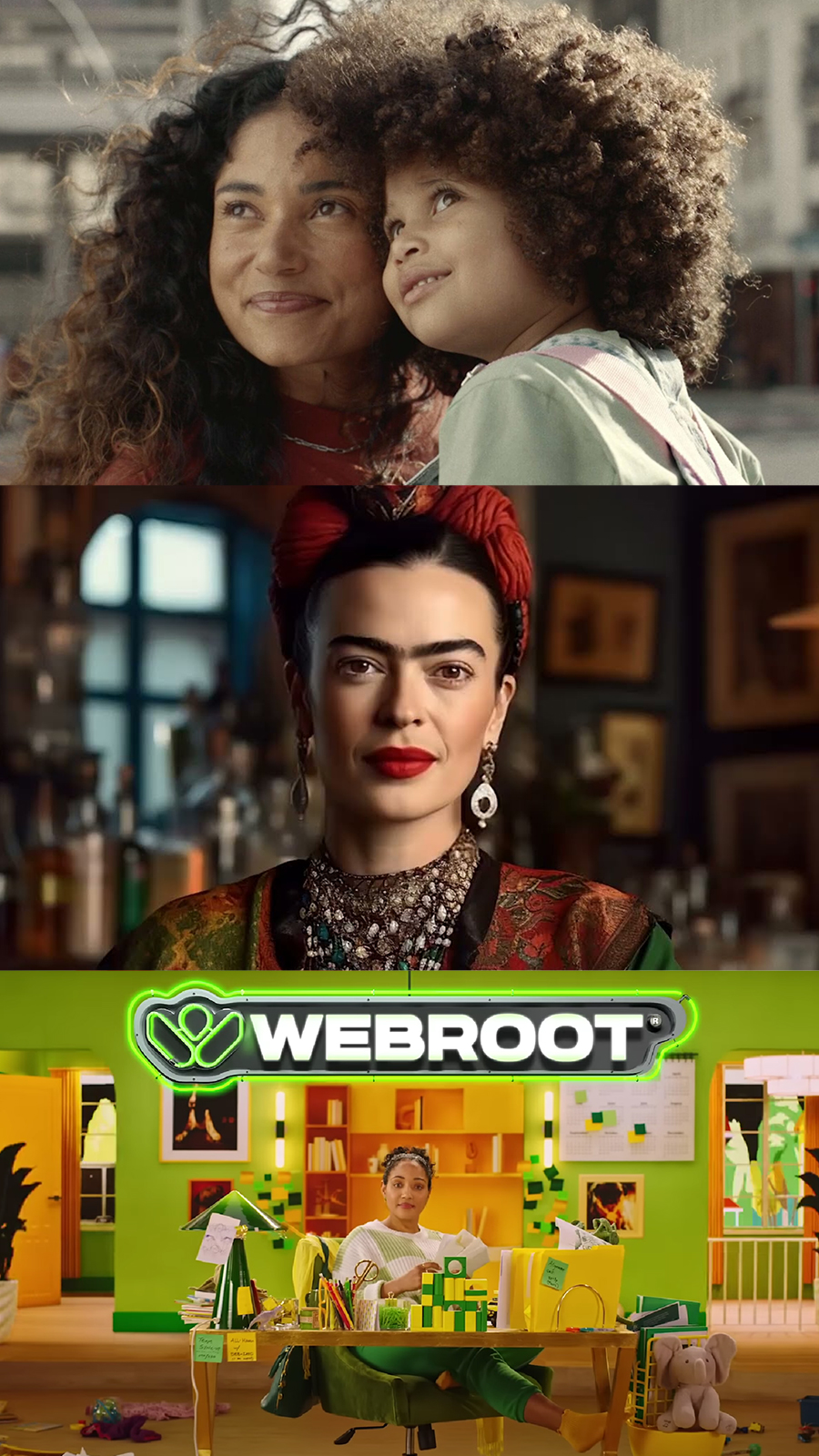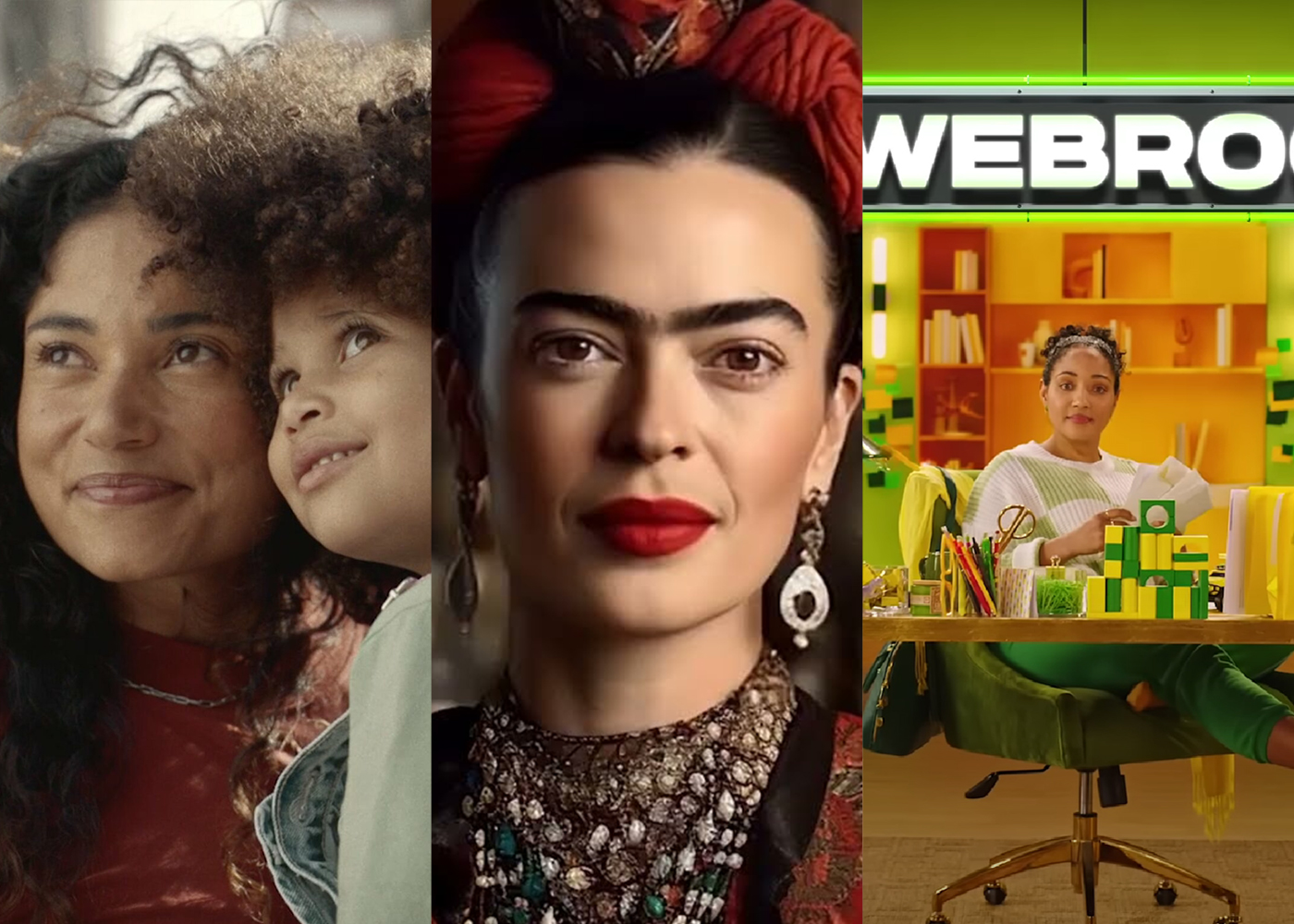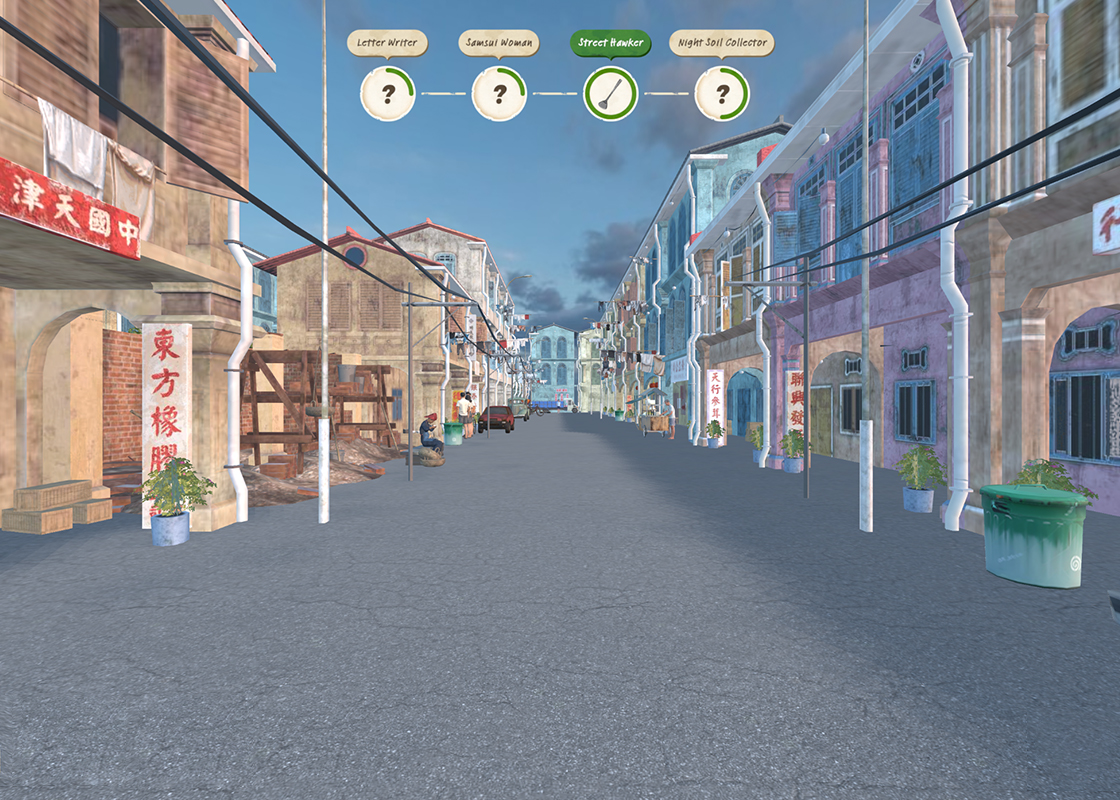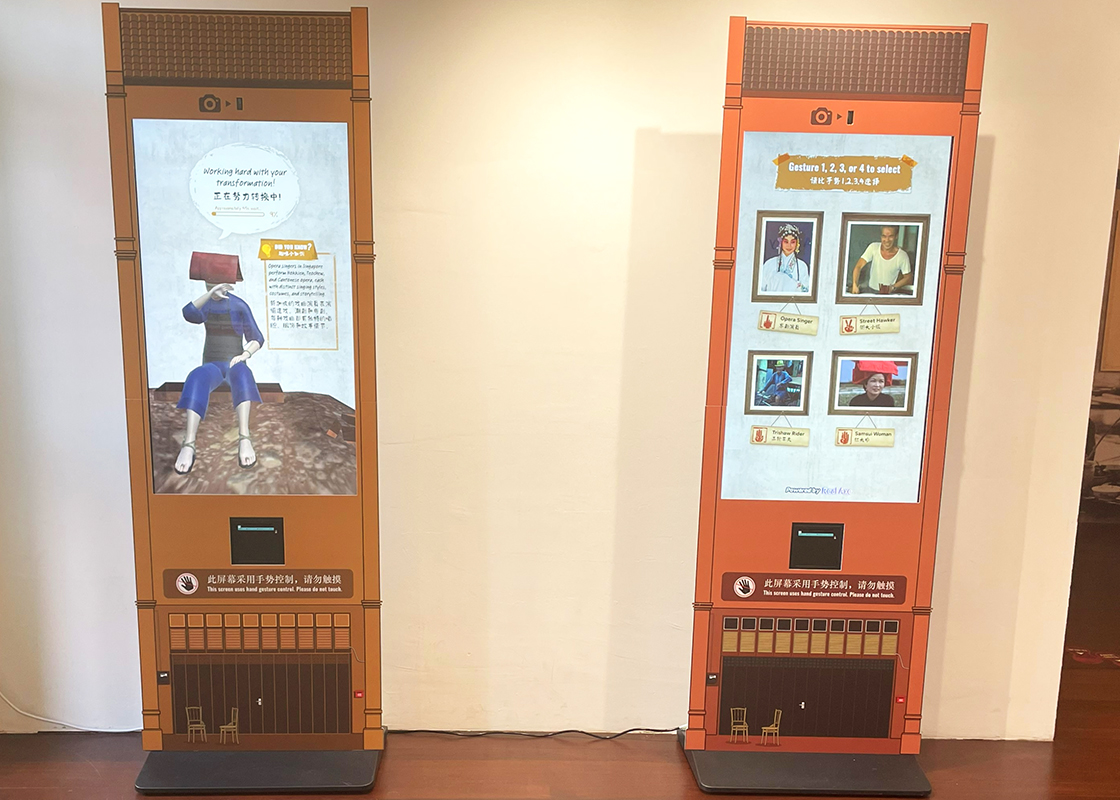Published May 6, 2024
- Get Mascot Lively with Augmented Reality (AR)30 Jul 2024
- Apple Intelligence, the New AI from Apple22 Jul 2024
- Experiential Products/Campaigns on June 202415 Jul 2024
Navigating April 2024 Experiential Products & Campaigns
In today marketing world, innovation is a necessity to stand out from the crowd. To make their ads more engaging and captivating, brands are using experiential technology as part of their marketing strategy. By integrating cutting these edge technologies, brands can create memorable experiences that resonate well with consumers. We will look at three cool experiential campaigns where brands used technology such as AI (Artificial Intelligence) and XR (Extended Reality) to make their advertisement more interesting.
1) Dove’s AI-Driven Real Beauty Campaign
Dove is a brand that believes everyone is beautiful since its iconic Real Beauty campaign 20 years back. To celebrate their 20th anniversary of Real Beauty campaign, Dove started using AI to generate images that showcase a diverse range of beauty standards compared with AI prompt without its campaign name. The results are astonishing. Images without Real Beauty campaign prompt are unrealistic and disturbingly narrow view of female features. According to a study conducted by Dove, it showed that the beauty representation of AI could post a major threat to real beauty representation just like how media portrayed for the past decades. On the other hand, AI generated more representative images when Real Beauty Campaign is included into prompt. The impact of these differences has been profound, enhancing consumer perception of the brand and deepening engagement with authenticity and inclusivity of different beauty standards. It is a good use case in using generative AI to boost your brand image.
2) Tinder’s Artistic Matchmaking Initiative
Another innovative experiential campaign that integrate generative AI perfectly would be a popular dating app, Tinder. As IPEA research published, 70% of Brazilians have never been to a museum. Thus, B3 Brazilian Stock Exchange partnered with Tinder to encourage more museum visits among Brazilians. Tinder has creatively foster a unique dating culture, encouraging users to connect through a shared appreciation of art in a museum date. They used AI to alter famous artists’ portraits to interactive and fun profile that resonate with its users. This campaign creates virtual Frida Kahlo and Vincent Van Gogh Tinder profiles and prompting users to visit museums for free and engage with art in novel ways. The whole user experience is exciting and boosts the traffic to museums all around Brazil. The campaign is so successful that the admission tickets were distributed out within the first few days of Tinder matches. AI has a potential in transforming public spaces into a dating hotspot when the campaign executed flawlessly.
3) WebRoot’s XR-Enhanced Advertising Techniques
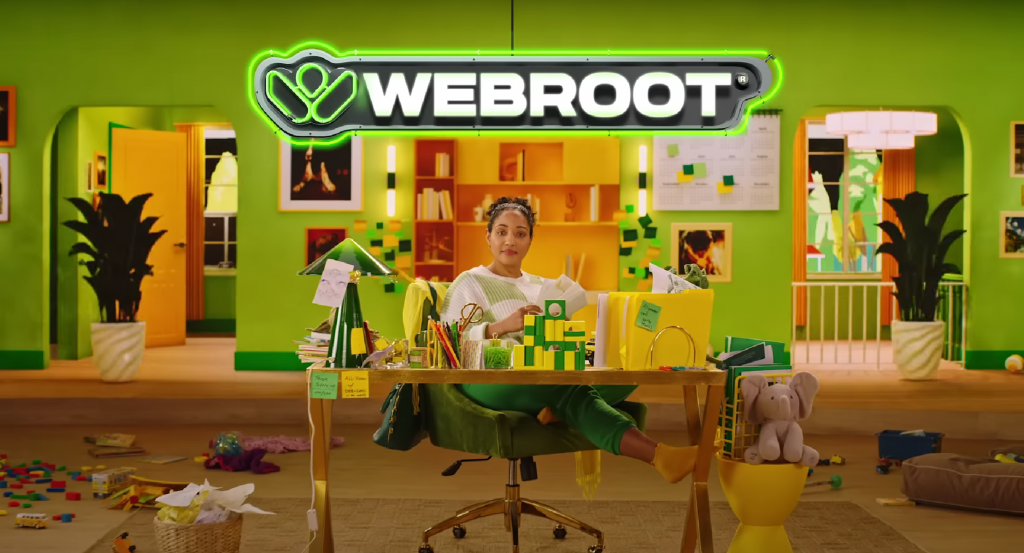
Another experiential technology that worth to explore would be extended reality, also known as XR. WebRoot, a cybersecurity company, started using XR to make their advertisement more immersive and engaging. This technology able to interact people and items in different scenarios and highlights the features of the products in the advertisement. XR screen setup and good storytelling could makes the whole advertising message easy to understand and improve media production more efficient. You can learn the fundamental of XR technology from video below.
The campaigns above show how experiential technology could make marketing more impactful and enjoyable. It changes how brands can talk to consumers with innovative storytelling methods. As brands continue to explore and implement these technologies, we could anticipate more meaningful and lasting connection campaigns. If your brand wants to stay on top of marketing game, consider leveraging these experiential technologies to make your brands stand out. Contact us today for innovative solutions that can create amazing user experience and keep your brand competitive in an ever-evolving market.







